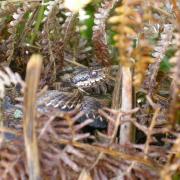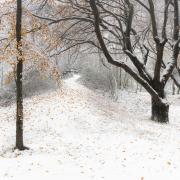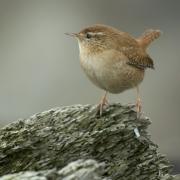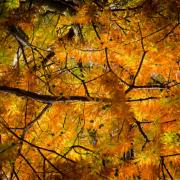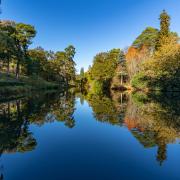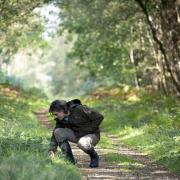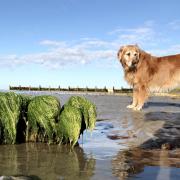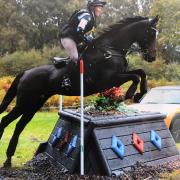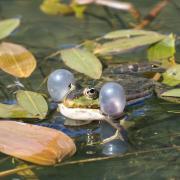Sussex is a woodland county, so should we be fearful of "sudden oak death" ? Jonathan Lucas says we shouldn't panic but should take proper precautions...
Sussex is a woodland county, so should we be fearful of “sudden oak death”? Jonathan Lucas says we shouldn’t panic but should take proper precautions...
With almost twice the national average coverage of woodland, Sussex has reason to value its trees. So how fearful should we be of “sudden oak death”, a term which has been bandied about in the media during the past year? The image of our countryside bereft of its mighty oaks is hard to contemplate. Those with an interest in the subject and a long memory will recall that the first incidence of this fungus-like disease (phytophthora ramorum to give it its proper name) in the UK was in Sussex in 2003 on a southern red oak. In fact it was the first example outside North America.I have some reassurance and a warning. Sudden oak death is a misleading term when applied to this country. While the disease has killed off millions of oaks in California and Oregon, our native oaks are strongly resistant to phytophthora ramorum, unlike their North American cousins (of which southern red oak is one). So the prospect of a Dutch elm disease scenario playing out among our native oaks is remote.But the disease is threatening nonetheless. In this country P. ramorum is more accurately referred to as “larch die back” as this is the species it affects most widely. Beech trees in Cornwall have also succumbed, which is concerning locally as beech thrives on chalk downland. It also attacks certain ornamental species in gardens and has spread to rhododendron in the wild (not altogether unwelcome).The disease was found in larch woodlands in the west of the country and appears to be heading east. This is a worrying development and it is important that woodland owners take swift and decisive action to contain it.
Sensible steps to takeControl of P. ramorum is difficult because it spreads so easily. Rain, mists and air currents are all it needs to travel several miles. It can also be spread on the footwear of people who have been walking in infected areas, and on dogs’ paws, bicycle wheels, tools and equipment. Movement of infected plants is also a key means of spreading it over long distances.So at this time of year, when many of us have headed west for our holidays, it would be sensible to clean off any footwear you have used when out walking. Also, if you plan any tree planting in the coming months, make sure the nursery provides you with a written guarantee that the trees supplied are entirely free from any phytophthora.Typical symptoms on rhododendron include leaf-blackening, wilted shoots and die-back. On individual leaves, blackening of the leaf stalk usually extends into the leaf along the mid-vein, although blackening at the leaf tip can also occur. Disease progress can be so rapid that shoots wilt and the leaves hang down.On trees, symptoms are lesions – sometimes known as bleeding cankers – which can dry to a crust on the trunk. The inner



